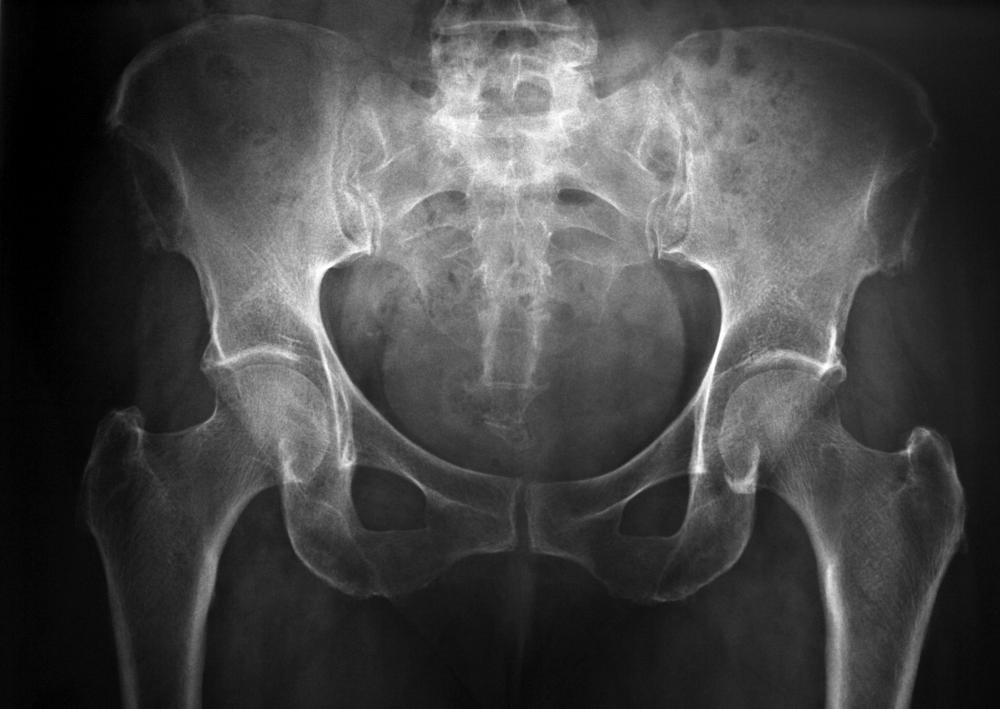At TheHealthBoard, we're committed to delivering accurate, trustworthy information. Our expert-authored content is rigorously fact-checked and sourced from credible authorities. Discover how we uphold the highest standards in providing you with reliable knowledge.
What is a Pyosalpinx?
A pyosalpinx refers to the presence of pus in one fallopian tube. When both tubes are affected with the accumulation of pus inside, the term used is pyosalpinges. The fallopian tubes are important structures in the female reproductive system, where eggs from the ovaries pass through on their way toward the uterus.
A pyosalpinx frequently develops in women of reproductive age, usually between the ages of 15 to 49 years old. It often occurs as a consequence of infections in the reproductive tract, such as pelvic inflammatory diseases (PID). Pelvic inflammatory diseases are usually caused by sexually transmitted bacteria, like Neisseria gonorrhea and Chlamydia trachomatis. Other bacteria capable of causing PID and pyosalpinx include streptococcus and staphylococcus. These bacteria can also be introduced into the reproductive tract during childbirth, abortion procedures, or with the use of intrauterine devices (IUDs).

Infections may start in the vagina, and progress up to the cervix, uterus, and to one or both fallopian tubes if not treated early. The response of the body to the presence of bacteria in the fallopian tube is to send white blood cells to the area to fight the offending organisms. Salpingitis, or inflammation of the fallopian tube, usually occurs during this process. As the infection progresses, pus formation inside the fallopian tube usually takes place, resulting in a pyosalpinx.

Symptoms include pelvic pain, vaginal discharge, fever, and weakness. Women experiencing these symptoms are often referred to gynecology clinics for proper evaluation and prompt treatment. Gynecologists, doctors specializing in diseases of women's reproductive system, may need a pelvic ultrasound or computed tomography (CT) scan of the pelvic area to visualize the fallopian tubes and other reproductive parts to look for the presence of any abnormality. A hyterosalpingogram, a procedure in which a contrast dye is introduced to the uterus and fallopian tubes to make them more visible on x-rays, may also be performed. The condition is often treated using antibiotics to fight the infection.

A pyosalpinx can sometimes rupture due to trauma or other causes. When this happens, the pus can spread inside the abdominal cavity and cause infection and inflammation, which generally manifests with the sudden onset of severe abdominal pain and fever. If not diagnosed and treated promptly, a ruptured pyosalpinx can cause the spread of bacteria in the bloodstream, and may become a life threatening condition.
AS FEATURED ON:
AS FEATURED ON:


















Discussion Comments
@Glasis - The basic problems you would get are the same for most infections, fever, headache, chills and general sick feeling.
It does sometimes happen that someone gets an infection and it is never located. Some people go to the doctor feeling awful, find out they have an infection somewhere and fight it off with medicine.
Doctors like to find where an infection is, but getting a culture from your blood can be enough to prescribe the right medicine.
@Telsyst - It is certainly something to keep in mind. It is a scary prospect. You could have this infection, mistake it for something else and in the end have it rupture. Who knows what damage that could do?
This is a serious disease that can seriously inhibit anyone trying to conceive a baby.
Keeping in mind the different ways something like this gets started, I would keep an eye out for any of these symptoms if I was trying to have a baby.
Many of these symptoms come from a number of other things too, so you need to keep that in mind as well.
Post your comments